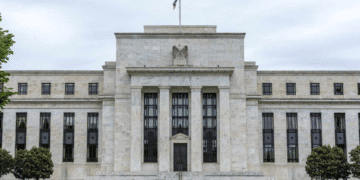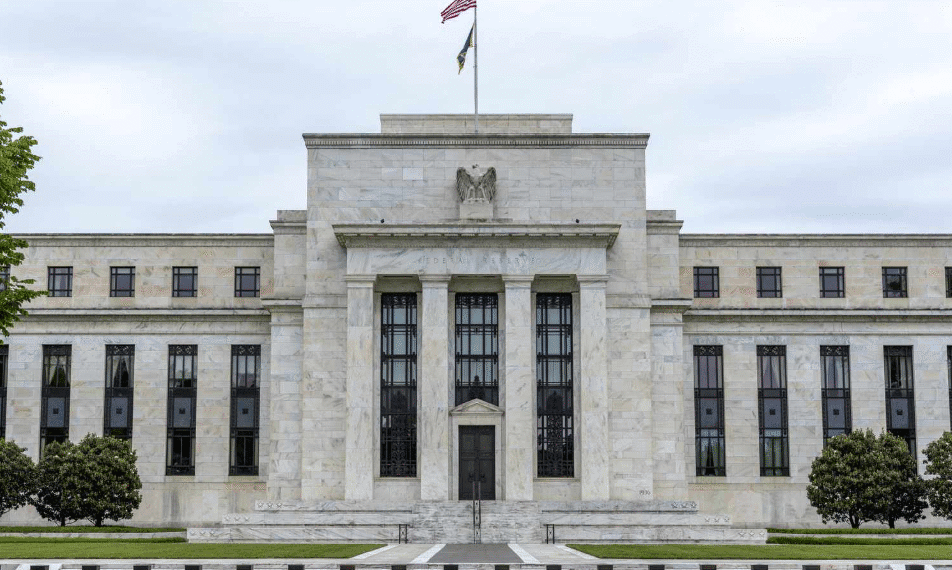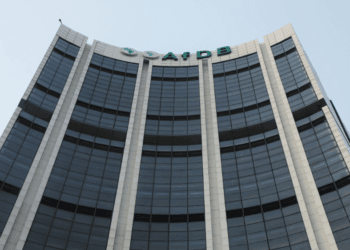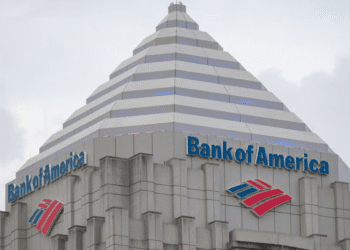Athira Sethu
Kochi, 18 Sep 2025
The U.S. Federal Reserve’s Federal Open Market Committee (FOMC), led by Jerome Powell, lowered the key interest rate by 0.25% on September 17, 2025, bringing the federal funds rate to a range of 4.00% to 4.25%. This was the first rate cut since December 2024. Although inflation is still above the Fed’s 2% target, weaker job growth led to the decision to lower rates.
The U.S. jobless rate increased to 4.3% in August, from 4.2% in July. Labor growth also decelerated sharply, with the labor market adding merely 22,000 jobs in August, down from 79,000 in July. Moreover, job formation during the last year was reduced by 911,000 jobs.
Major Takeaways of the September Policy Decision of the Fed:
- Rate Cut: The Fed cut rates by 25 basis points, signaling that future reductions will hinge on future data and risks. The FOMC voted 11-1 on this move, with Stephen Miran casting the sole dissenting vote in favor of a 50-basis-point reduction. The Fed further indicated it will continue to run down its holdings of treasuries and mortgage-backed securities.
- Further Cuts Ahead: The FOMC suggested that the federal funds rate may dip to 3.6% in 2025. The decision, though, will be based on the changing economic figures.
- GDP Growth Outlook: The Fed modestly revised its forecast for GDP growth for the coming years. U.S. GDP is forecast to increase by 1.6% in 2025, 1.8% in 2026, and 1.9% in 2027, which is higher than earlier estimates.
- Employment Risks: The Fed reported decelerating job growth, reduced wage hikes, and a declining labor force, which indicated potential risks to employment on the downside. The unemployment rate is expected to be 4.5% by 2025’s end.
- Inflation Forecasts: The Fed expects inflation to be above its target of 2% at least through 2027. The rate of Personal Consumption Expenditures (PCE) inflation will be 3% in 2025, declining steadily to 2.1% in 2027.
In short, the Fed has reduced rates due to slower job growth and a decelerating economy but is anticipating inflation to remain above 2% over the next couple of years. Subsequent rate reductions will be based on how the economy unfolds.





















